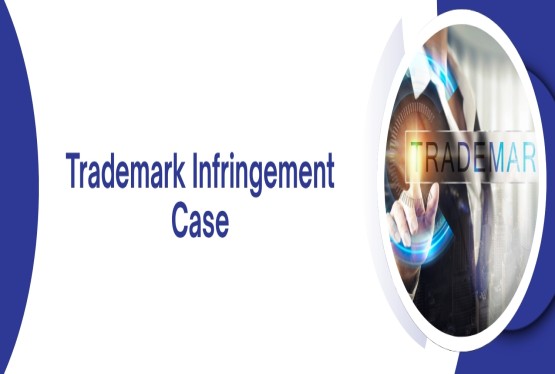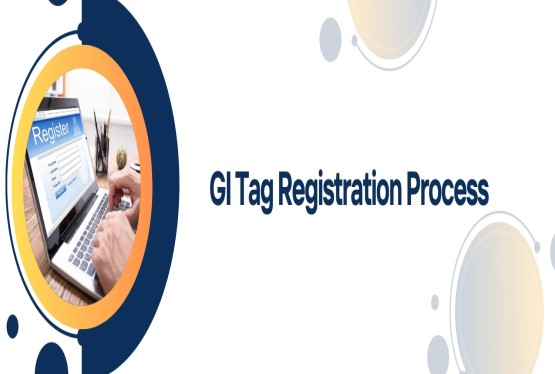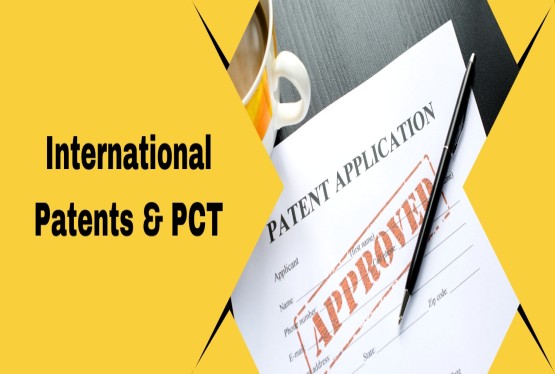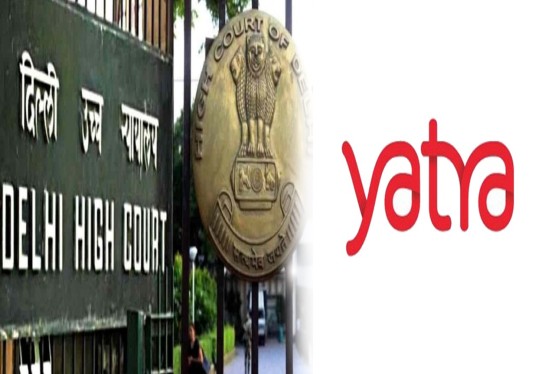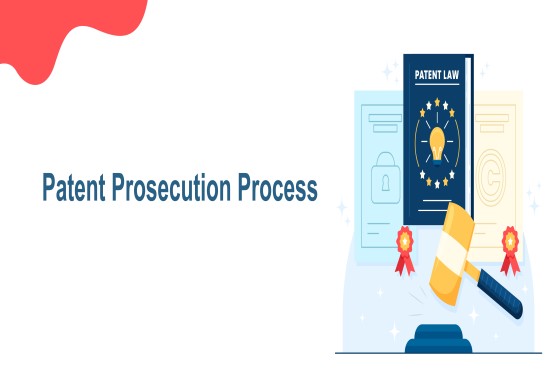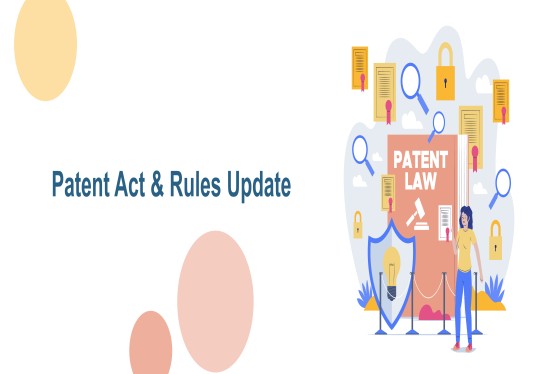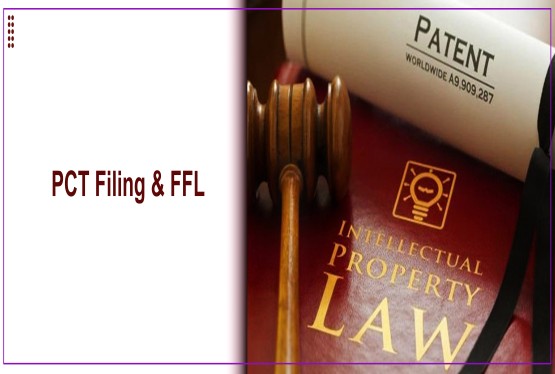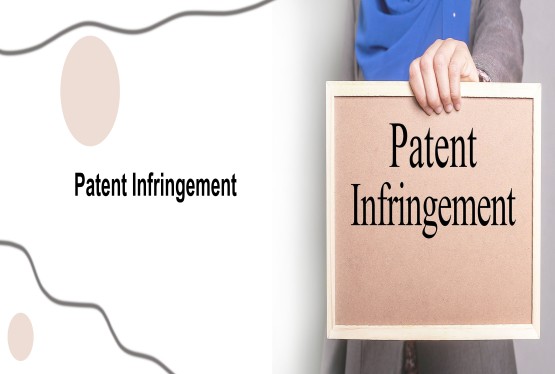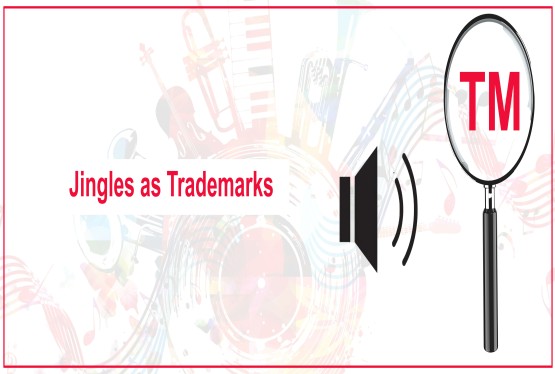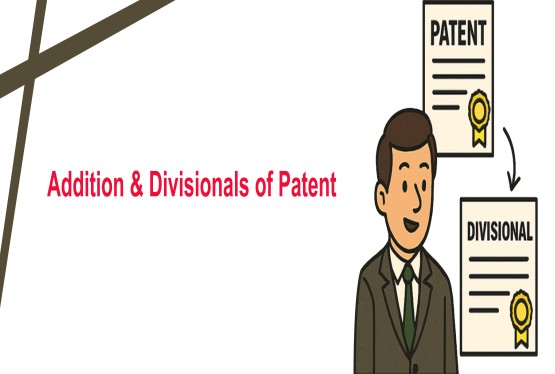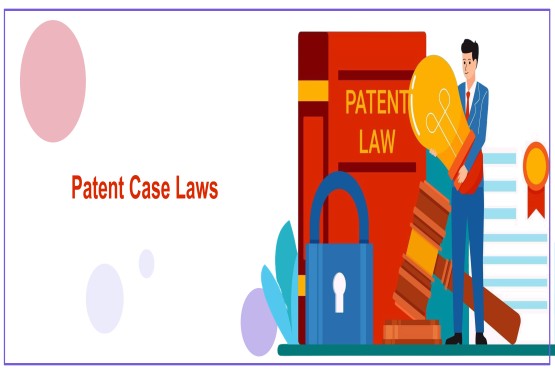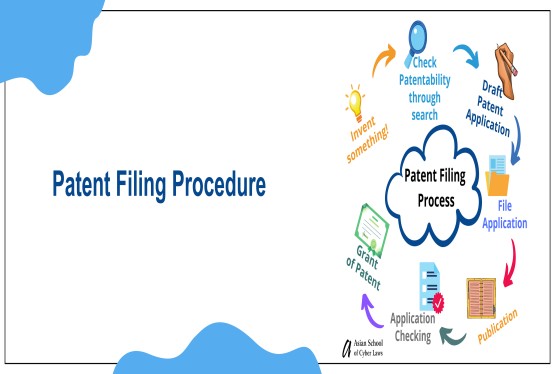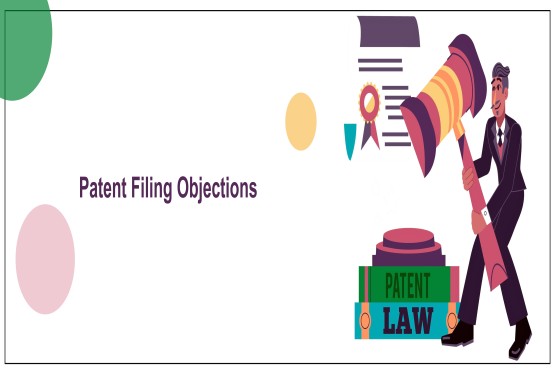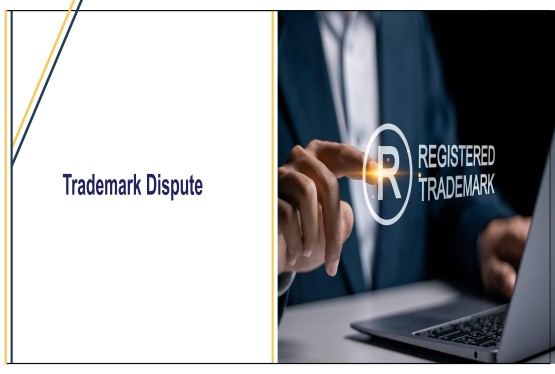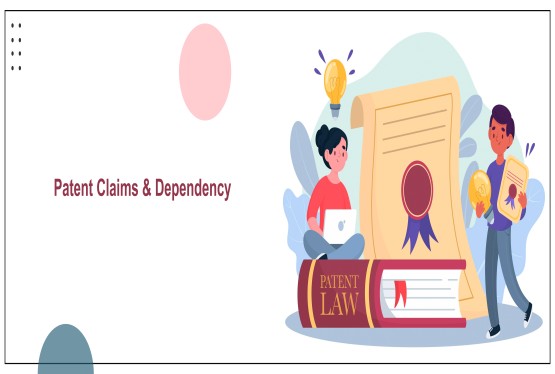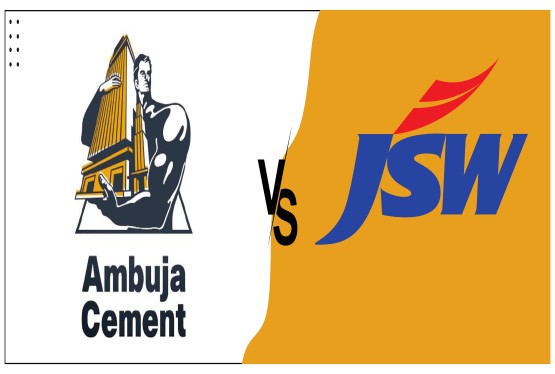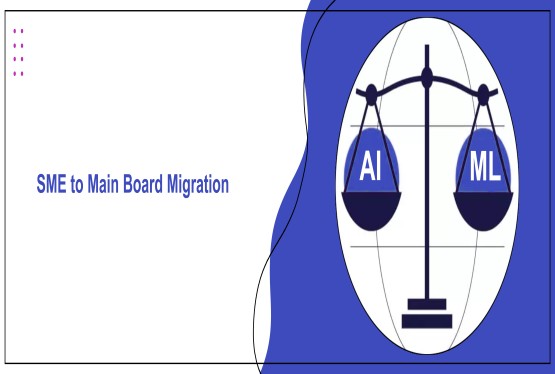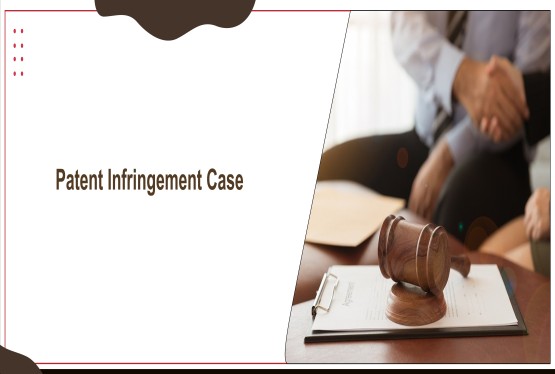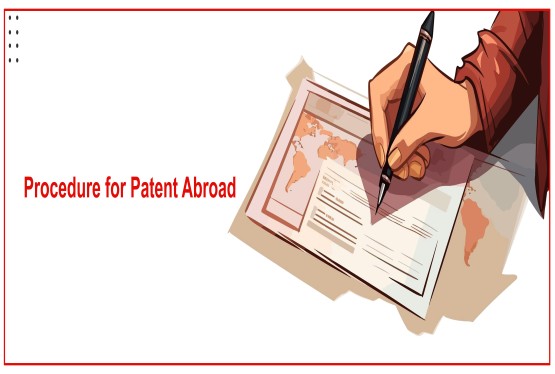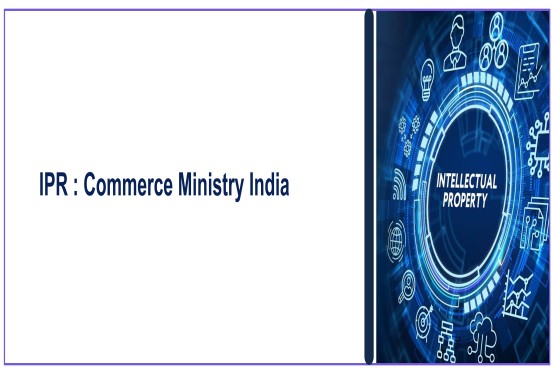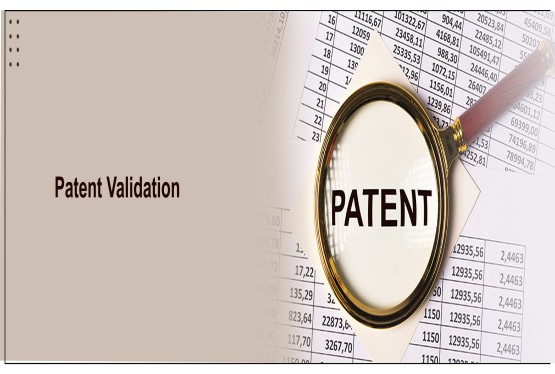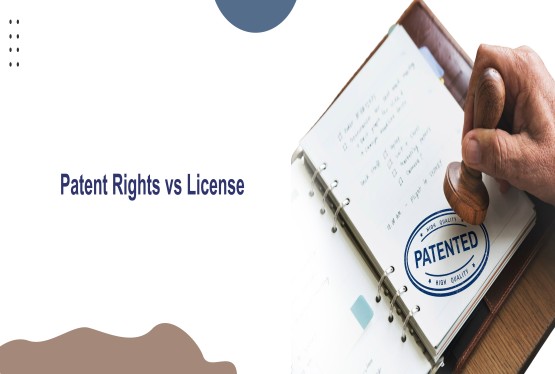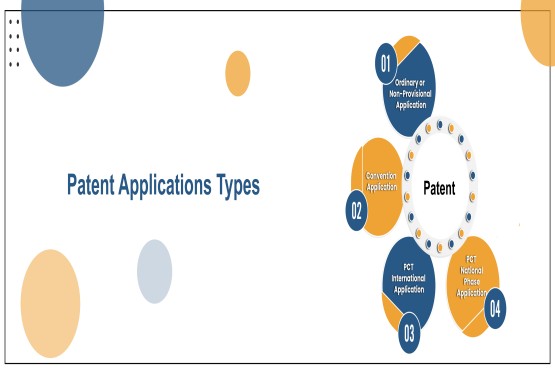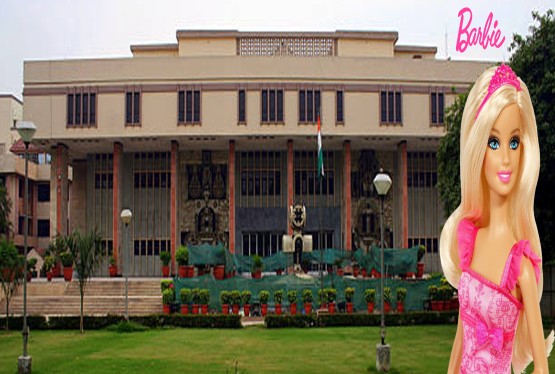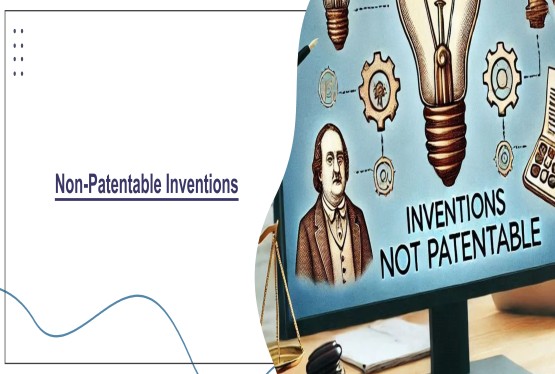Collective marks serve as powerful indicators of membership and shared standards, distinguishing the goods or services of a group of entities from those of others. In India, the Trade Marks Act, 1999, and the Trade Marks Rules, 2017, provide the legal framework for the registration, regulation, and enforcement of these marks, including matters related to trademark registration and trademark infringement. A crucial aspect of managing a collective mark lies in the ability to adapt its governing regulations to evolving circumstances. This document outlines the process of amending regulations for a collective mark in India, detailing the relevant statutory provisions, the procedural steps involved, and the importance of such amendments in maintaining the mark's integrity and effectiveness within the marketplace, as well as its role in preventing trademark infringement.
Collective Marks
Under Indian law, collective marks are governed primarily by the Trade Marks Act, 1999, and the Trade Marks Rules, 2017. Section 61 of the Trade Marks Act specifically addresses the registration and regulation of collective marks. A collective mark, once registered, enables members of the collective group to use the mark in accordance with the regulations governing its use.
Importance of Regulation Amendment
The regulation of a collective mark plays a crucial role in maintaining the integrity and reputation associated with the mark. Amendments to these regulations may be necessary to adapt to changes within the collective group, technological advancements, market demands, or legal requirements. Such amendments ensure that the collective mark continues to serve its intended purpose effectively.
Statutory Provisions
1. Section 63 of the Trade Marks Act, 1999: This section empowers the Registrar of Trade Marks to frame regulations governing the use of collective marks. These regulations outline the conditions under which the collective mark can be used by members of the association or group, ensuring conformity to the standards set by the collective.
2. Rule 148 of the Trade Marks Rules, 2017: Rule 148 elaborates on the procedure for the amendment of regulations governing collective marks. It mandates that any proposed amendment must be submitted to the Registrar in writing, accompanied by a statement of reasons justifying the amendment. The Registrar may approve the amendment if it aligns with the objectives of maintaining the collective mark's integrity and serving the interests of the collective group.
Process of Amendment
To initiate the process of amending regulations governing a collective mark in India, the following steps should typically be followed:
1. Proposal for Amendment: The association or cooperative proposing the amendment should draft a detailed proposal outlining the changes sought and the reasons for such amendments. This proposal should be accompanied by a resolution passed by the governing body of the collective group.
2. Submission to Registrar: The proposal, along with the requisite fee and supporting documents, should be submitted to the Registrar of Trade Marks in the prescribed format. The submission must clearly articulate how the proposed amendments align with the objectives of the collective mark and comply with statutory requirements.
3. Registrar's Evaluation: Upon receipt of the proposal, the Registrar will evaluate the amendment request to ensure its conformity with the Trade Marks Act and Rules. The Registrar may seek additional information or clarification from the collective group before making a decision.
4. Approval and Publication: If the Registrar is satisfied that the proposed amendments are justified and in the interest of the collective group, approval will be granted. The amended regulations will then be published in the Trade Marks Journal and communicated to all members of the collective group.
5. Implementation and Compliance: Once approved, members of the collective group must adhere to the amended regulations governing the use of the collective mark. Non-compliance may result in penalties or loss of rights associated with the collective mark.
Conclusion
Amendment of regulations governing a collective mark in India is a structured process aimed at enhancing the collective's ability to maintain standards and protect the mark's integrity. By adhering to statutory provisions, consulting members, and following precedents set by relevant case law, associations and cooperatives can ensure that their collective marks continue to uphold the values and standards they represent in the marketplace. Thus, effective regulation amendment plays a pivotal role in safeguarding the interests of both the collective group and consumers alike in the dynamic landscape of trademark law in India.
FAQs
Q1. Why is it important to amend the regulations governing a collective mark?
Ans. Amending regulations is crucial for adapting to various changes, such as shifts within the collective group itself, technological advancements, evolving market demands, or new legal requirements. These amendments ensure the collective mark remains relevant, effective, and continues to protect the integrity and reputation associated with it.
Q2. What are the key statutory provisions governing the amendment of collective mark regulations in India?
Ans. The primary legal framework is provided by the Trade Marks Act, 1999, and the Trade Marks Rules, 2017. Specifically, Section 63 of the Act empowers the Registrar to frame regulations, while Rule 148 outlines the procedure for amendments, including the requirement for a written proposal with justification.
Q3. What is the process for amending the regulations of a collective mark?
Ans. The process involves several steps: First, the collective group proposes the amendment with a detailed proposal and a resolution. This proposal is submitted to the Registrar of Trade Marks with the required fee and documents. The Registrar evaluates the proposal, potentially seeking further information. Upon approval, the amended regulations are published, and finally, the members must comply with the changes.
Q4. What role does the Registrar of Trade Marks play in the amendment process?
Ans. The Registrar plays a crucial role by evaluating the proposed amendments to ensure they comply with the Trade Marks Act and Rules. They assess whether the changes are justified, maintain the collective mark's integrity, and serve the interests of the collective group. The Registrar has the power to approve or reject the amendments.
Q5. What happens if a member of the collective group doesn't comply with the amended regulations?
Ans. Non-compliance with the amended regulations can lead to penalties or even the loss of rights associated with the collective mark. It's essential for all members to adhere to the updated rules to maintain their standing within the collective and protect the mark's value.






























_(b)_of_the_Trademark_Act,_1999_(1)_crop10_thumb.jpg)



_crop10_thumb.jpg)




























_crop10_thumb.jpg)
_crop10_thumb.jpg)






_crop10_thumb.jpg)








_crop10_thumb.jpg)



_crop10_thumb.jpg)





























_crop10_thumb.jpg)

















_crop10_thumb.jpg)






_crop10_thumb.jpg)












































































































































_crop10_thumb.jpg)



































_crop10_thumb.jpg)












_crop10_thumb.jpg)













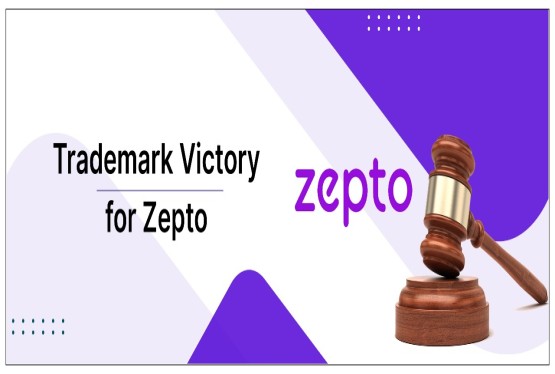




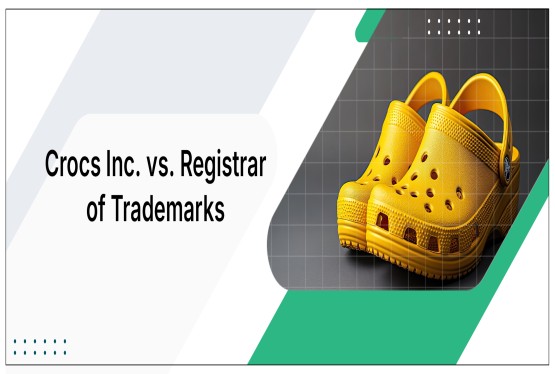




























_crop10_thumb.jpg)






